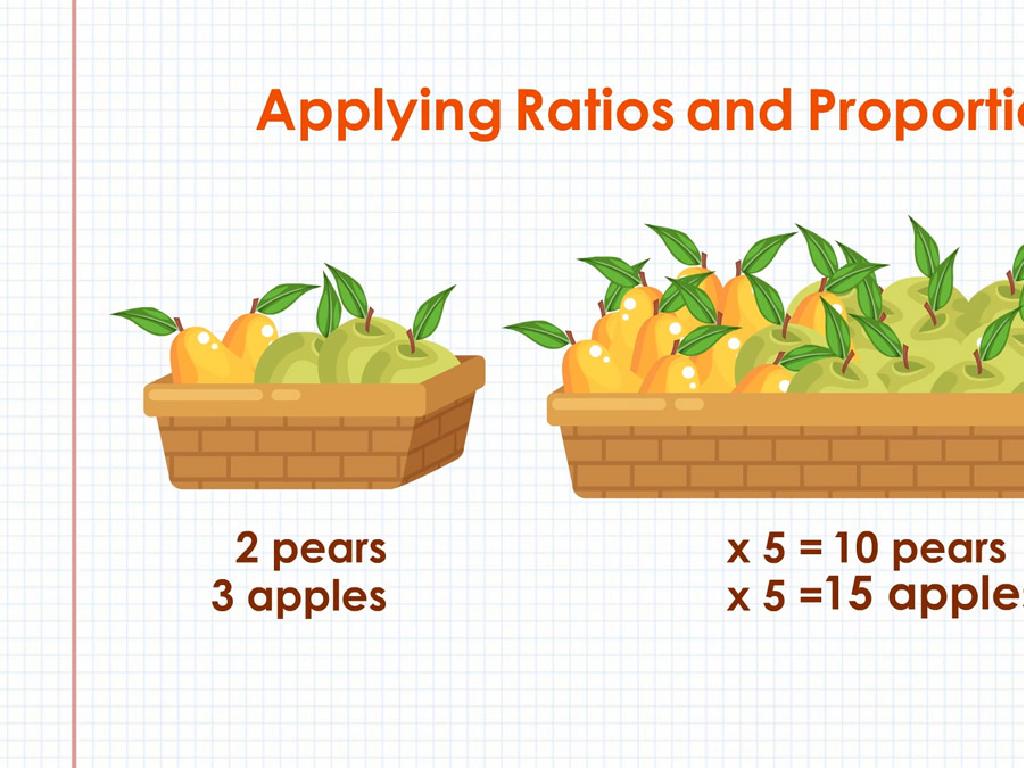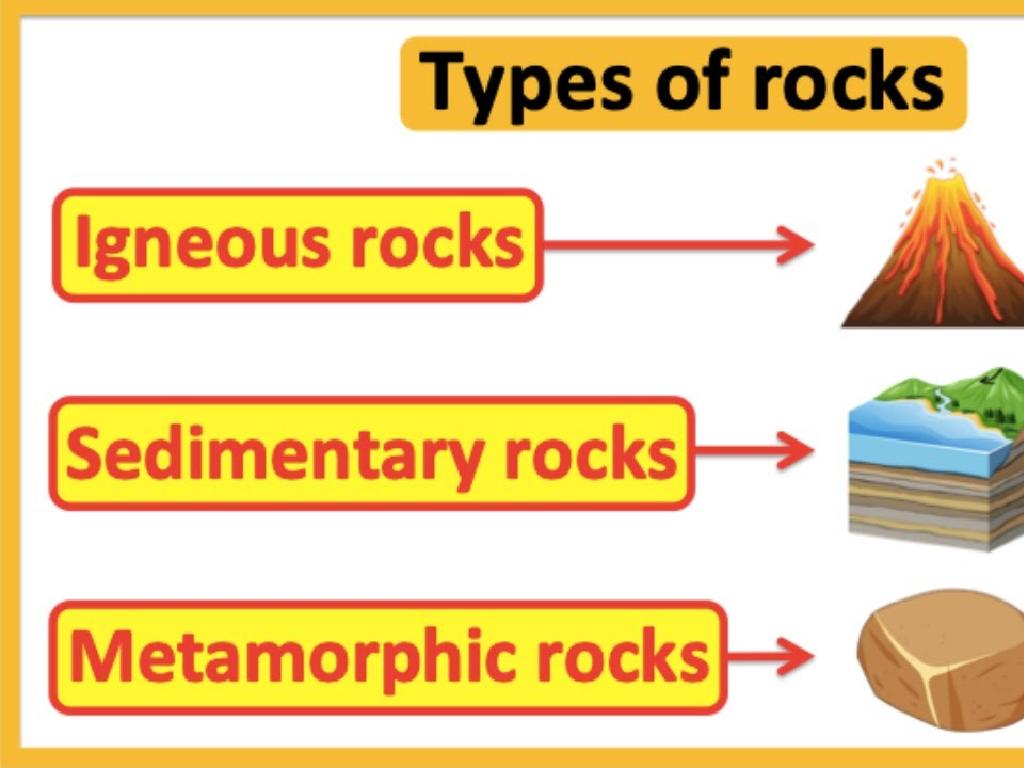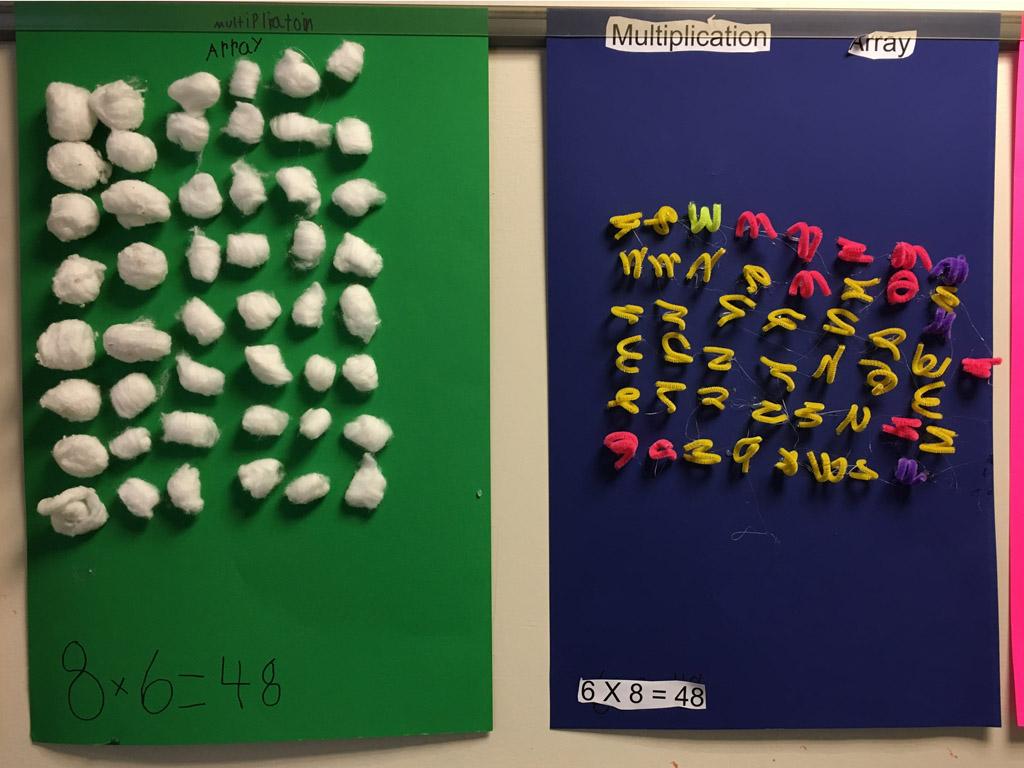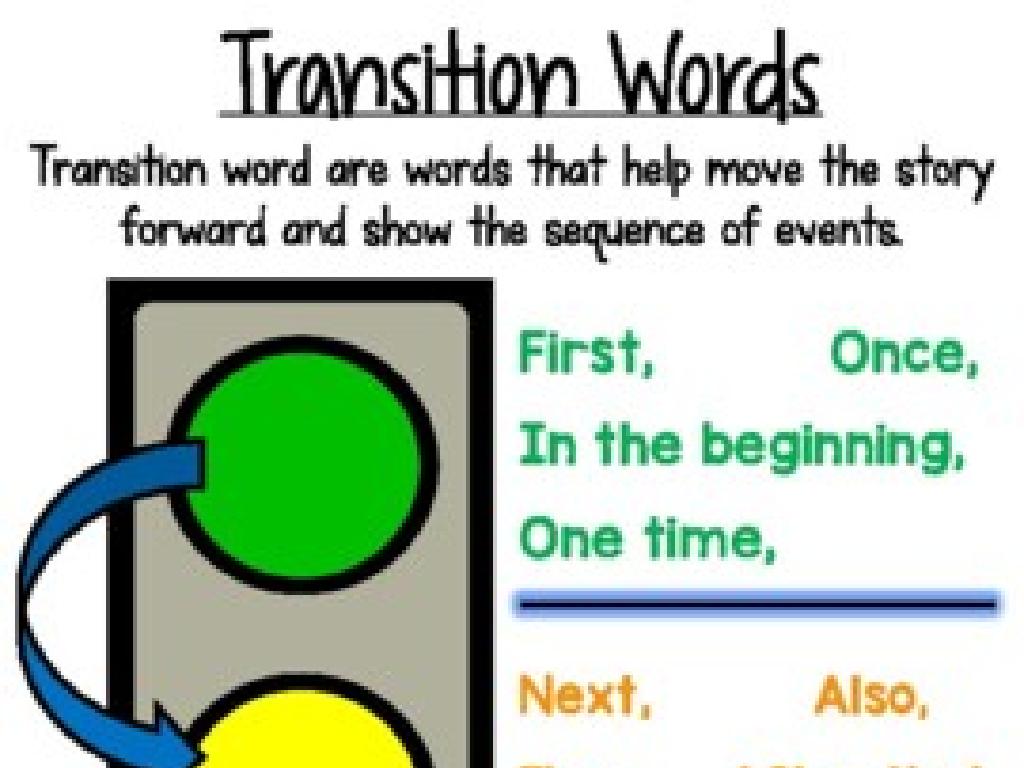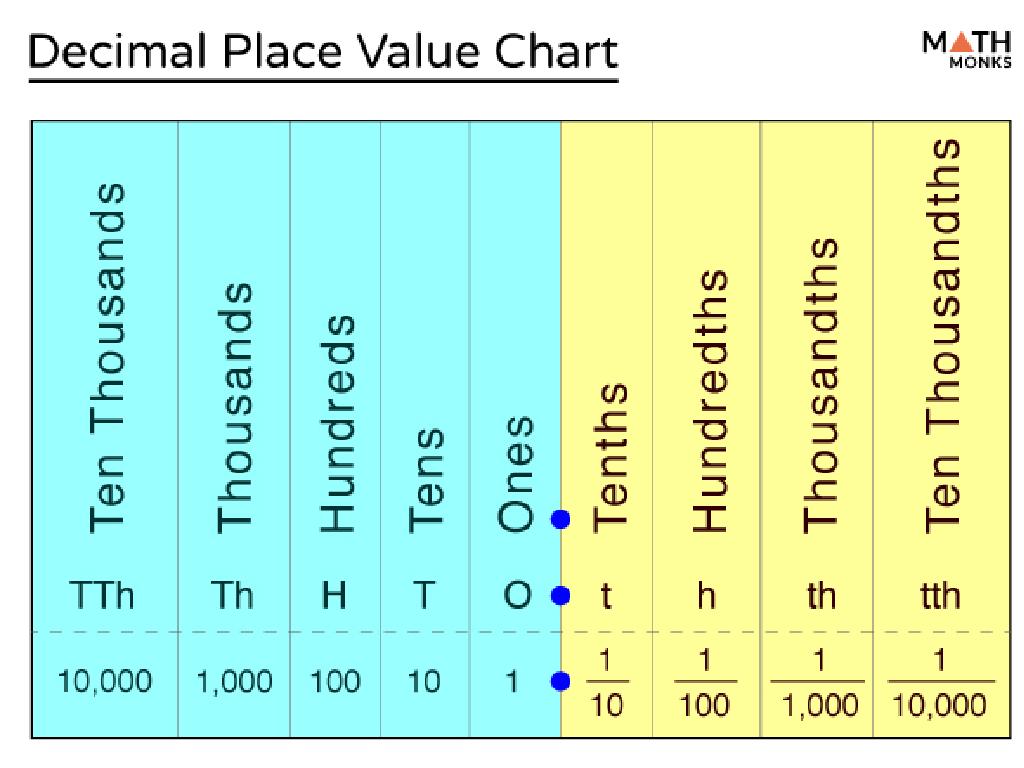Paying For College
Subject: Math
Grade: Sixth grade
Topic: Financial Literacy
Please LOG IN to download the presentation. Access is available to registered users only.
View More Content
Financial Literacy: Paying for College
– Grasping money’s value
– Money is used for goods and services; it’s essential to manage it wisely.
– Importance of financial literacy
– Learning to handle finances now can secure your future.
– Overview: Paying for College
– We’ll explore different ways to fund college education.
|
This slide introduces students to the concept of financial literacy with a focus on understanding the value of money and its management. Emphasize the importance of financial literacy as a life skill that can help them make informed decisions and plan for their future, including the significant aspect of paying for college. Provide a brief overview of the various methods to finance higher education, such as savings, scholarships, grants, and loans. This will set the stage for a more detailed discussion on the topic in subsequent slides.
Understanding College and Its Importance
– Definition and purpose of college
– A place for advanced education beyond high school
– Types of colleges explained
– Community colleges, universities, vocational schools
– College’s role in careers
– Higher education can lead to more career opportunities
– Why consider college?
|
This slide introduces students to the concept of college as an institution for higher education and its significance in personal and professional development. Begin by defining college and discussing its primary purpose, which is to provide students with the knowledge and skills needed for their future careers. Explain the different types of colleges, such as community colleges for local and affordable education, universities for a broad range of undergraduate and graduate programs, and vocational schools for specialized training in specific trades. Emphasize how college can play a pivotal role in career advancement and open doors to better job prospects. Encourage students to think about their interests and how college might help them achieve their career goals.
Understanding College Costs
– Tuition fees explained
– Tuition is the core cost for classes and access to facilities.
– Additional costs: books, supplies, room
– Don’t forget about textbooks, lab materials, and living expenses.
– Calculating total college cost
– Add up tuition, books, supplies, and room/board for total cost.
– Why knowing the total cost matters
|
This slide aims to educate sixth-grade students on the various expenses associated with a college education. Begin by explaining tuition fees, which cover the cost of attending classes and using campus facilities. Highlight that there are additional costs beyond tuition, such as textbooks, lab supplies, and living expenses if staying on campus. Teach students how to calculate the total cost of college by adding these expenses to tuition fees. Emphasize the importance of understanding the full financial commitment of a college education for planning and saving purposes. Use examples relevant to their understanding, like comparing college costs to saving for a large purchase they might relate to, such as a bicycle or a gaming console.
Saving for College: Start Early!
– Importance of saving early
Starting early can make a big difference due to interest over time.
– Explore savings options
Savings accounts and 529 plans are common ways to save for college.
– Understanding 529 plans
529 plans are special savings accounts for education with tax benefits.
– Compound interest growth
Interest on savings that earns interest itself, leading to more growth.
|
This slide aims to teach students the significance of starting to save money for college at an early age. Emphasize how compound interest can significantly increase savings over time, making early investments more beneficial. Explain different savings options, focusing on savings accounts for simplicity and 529 plans for their specific use in education savings. Use examples to illustrate how a small amount saved regularly can grow over the years due to compound interest. Encourage students to discuss with their families about starting to save for their education.
Scholarships and Grants: Funding Your Education
– Understanding scholarships and grants
Free money for college based on merit or need
– Finding and applying for scholarships
Use school resources, websites, and community programs to find scholarships
– Differentiating scholarships from grants
Scholarships are often merit-based, while grants are need-based
– Importance of scholarships and grants
|
This slide aims to introduce students to the concepts of scholarships and grants as viable options for funding their college education. Begin by explaining that scholarships and grants are types of financial aid that do not need to be repaid, making them highly desirable. Discuss the various sources where students can search for scholarships, including school counselors, online databases, and local community organizations. Highlight the differences between scholarships, which are typically awarded based on achievements or talents, and grants, which are usually given based on financial need. Emphasize the importance of these financial aids in making college more accessible and affordable. Encourage students to start exploring these options early and to consider their own strengths and circumstances when searching for scholarships and grants.
Understanding Student Loans
– Definition of student loans
– Money borrowed for education, to be paid back later
– Federal vs. private loans
– Federal loans are government-backed, private loans from banks
– Interest rates explained
– The cost of borrowing money, affects total amount to repay
– Repayment plan basics
– Options for how much you pay back each month after college
|
This slide aims to introduce students to the concept of student loans, a crucial aspect of financial literacy for those considering higher education. Begin by explaining that student loans are sums of money borrowed to cover college expenses that must be repaid over time, typically with interest. Highlight the differences between federal loans, which are supported by the government and often have fixed interest rates and benefits, and private loans, which are provided by banks or other financial institutions and may have variable rates and less flexible repayment options. Clarify how interest rates can affect the total amount owed over time. Conclude with an overview of common repayment plans, such as standard, graduated, and income-driven repayment, which determine the monthly payment amounts after graduation. Encourage students to think critically about the long-term implications of taking out loans for their education.
Budgeting for College
– Create a college expense budget
– List tuition, books, housing, food, and other expenses
– Track your spending habits
– Use apps or a journal to monitor where money goes
– Tips for frugal college living
– Buy used textbooks, use student discounts
– Importance of living within means
– Avoiding debt by spending less than what you have
|
This slide aims to teach students the basics of financial planning for college. Start by explaining the importance of creating a detailed budget that includes all possible college expenses. Emphasize the need for regular tracking of their spending to avoid overspending and to stay within their budget. Share practical tips for saving money, such as buying second-hand textbooks and taking advantage of student discounts. Highlight the long-term benefits of living within their means, such as minimizing student loan debt and financial stress. Encourage students to think critically about their spending choices and to plan ahead for their financial future.
Class Activity: Plan Your College Budget
– Create a college budget plan
– Include tuition, books, living expenses
– Explore scholarships and grants
– Research how to apply for financial aid
– Learn about loans
– Understand interest rates and repayment
|
In this activity, students will gain practical experience in financial planning by creating a simple budget for college expenses. They should consider the costs of tuition, books, and living expenses. Encourage them to research the average costs of these items. Students will also explore different financial aid options available to them, such as scholarships and grants, and learn the basics of student loans, including interest rates and repayment plans. Provide resources for where they can find scholarships and grant applications. Discuss the importance of minimizing debt and considering the long-term impact of loans on personal finances. This activity will help students understand the financial responsibilities that come with higher education and the importance of planning ahead.

